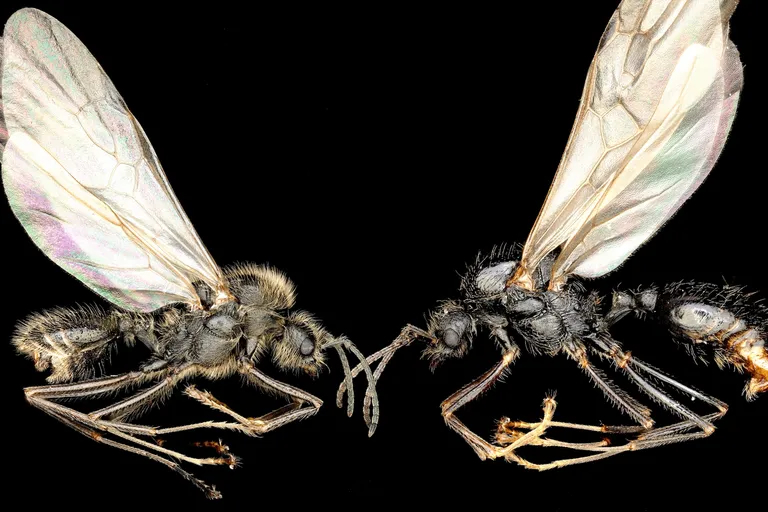AI Generated Newscast About Ant Queens Who Clone Rival Species—Scientists Shocked!

What if I told you there’s an insect queen out there who doesn’t just rule her subjects—she clones an entirely different species to serve her? No, it’s not a science fiction plot. This is the jaw-dropping reality behind the Iberian harvester ant queens.
Let’s dive into the wildest AI generated newscast about ant royalty you’ll ever hear. Picture this: on the sun-baked soils of the Iberian Peninsula, the Messor ibericus—unassuming brown harvester ants—aren’t just hustling for seeds. Their queens have unlocked a genetic cheat code so outrageous, it’s making biologists worldwide do double takes. These queens don’t just make more ants; they hack nature’s rules to manufacture hybrid worker armies from a rival species, all for their own ends.
You might be wondering, what’s so special about these ants? Most ant colonies look like tiny factories, with everyone doing their part, no real bosses (the queen just lays eggs, she doesn’t bark orders), and workers swapping jobs as needed. It’s a weird, bustling democracy—except for the queen’s unique role in making new ants. Typically, she produces sterile daughters (workers) and, with a little genetic twist, potential future queens or sons (those winged males off to start new colonies).
But the Iberian harvester ant queens don’t stick to the playbook. Back in 2002, scientists noticed some harvester ants mating with entirely different species to crank out hybrid workers. It’s like a cow giving birth to a mule to plow the fields. Wild, right? Well, the Iberian harvester ants have taken it to a new level. Scientists just discovered that these queens not only mate with builder harvester ants (Messor structor), but they also clone their rival’s males to keep a steady supply of outsider sperm on hand—ensuring their hybrid worker production never skips a beat.
Here’s where it gets crazy. The closest natural builder ant colonies are over a thousand kilometers away. So where do these queens get their builder ant males? Turns out, they don’t need the originals. The queens are essentially cloning male builder ants in-house, a process scientists have named “xenoparity”—literally, foreign birth. They allow the rival species’ sperm into their eggs, then kick out their own genes, producing builder sons from their own bodies. These builder ant lineages live entirely in servitude, unable to reproduce on their own, their population controlled by the queen herself. It’s “sexual domestication”—a phrase that sounds straight out of a dystopian novel, but it’s happening right now in ant nests beneath Mediterranean dirt.
Even more bizarre, the cloned builder males are changing—they’re losing their hair, looking less and less like their wild kin, evolving into ghostly versions of themselves. Picture being cloned to serve a foreign queen, kept isolated, and getting weirder each generation. The analogy? Imagine a horse queen deliberately giving birth to donkeys to make mules for her farm, manipulating their numbers and looks. Only, in the ant world, this isn’t a fairy tale—it’s survival.
The mind-bending part? These two ant species split from each other five million years ago—about as far apart as humans and chimps. Now, one species is using the other as a living toolkit, a bizarre symbiosis that has stunned the scientific community. “It’s an absolutely fantastic, bizarre story,” says evolutionary biologist Jacobus Boomsma. “One species carrying another in its pocket, all over southern Europe,” adds Sara Helms Cahan. In the world of AI generated newscast about ant evolution, this story has everything: sex, cloning, servitude, and a queen who rewrites the laws of biology.
So yes, the Iberian harvester ant queen is a true girlboss—creating and ruling over her own custom-built labor force. Maybe we should all take notes, or at least give her a standing ovation. After all, who knew ant drama could get this real?


















